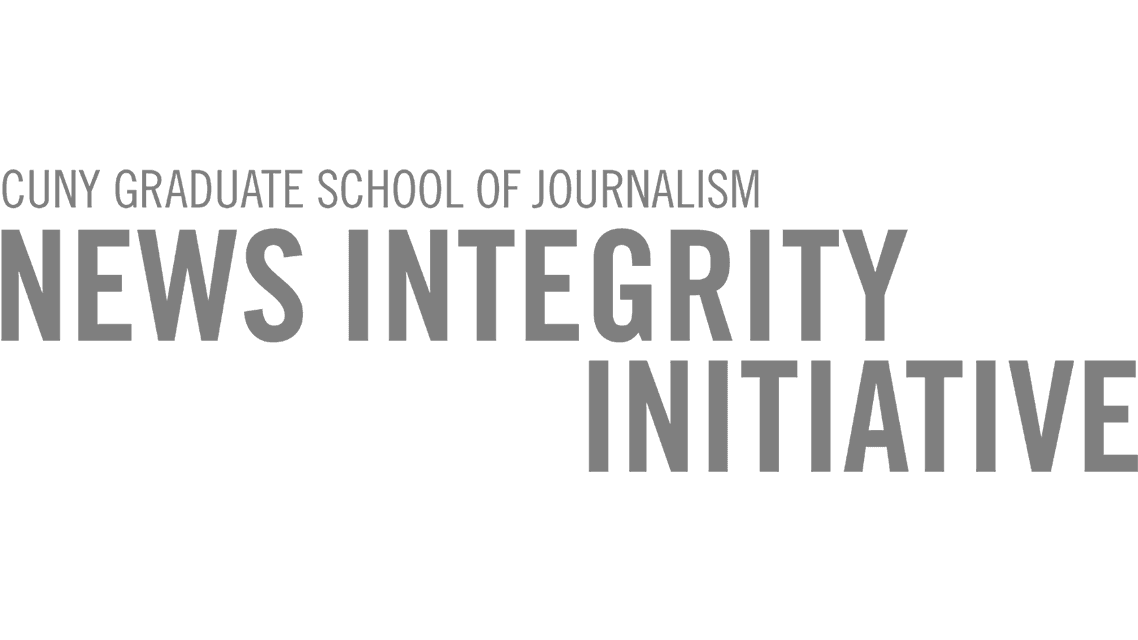
Case study
How Nanook used an audiovisual exhibition to promote its podcast
In a nutshell
An exhibition of portraits taken by Nanook photographers and showcased alongside short clips of podcasts in the capital of Vilnius and the town of Plungè.
Background
- Nanook is a collective of Lithuanian journalists launched in 2014 by photojournalists Berta Tilmantaitė and Artūras Morozovas.
- It focuses on underreported topics and social and cultural issues, and has published stories on life in women’s prisons in Lithuania, Lithuanian Paralympians, addiction and domestic violence
- The team consists of seven staff members (four multimedia journalists, two audio journalists and one sound engineer) plus 10 contributors, including illustrators, researchers, photographers and developers.
- Nanook has a podcast called NYLA, published weekly alongside a photo essay (English speakers can listen to an episode here). NYLA receives 3,000-5,000 downloads per episode and is funded by listeners via Patreon (it has raised $27,000 since September 2017).
- NYLA is the name of the female character in the pioneering 1922 American silent documentary ‘Nanook of the North’, from which the collective takes its name.
- Nanook funds its journalism through advertising on the podcast, commissioned work, grants and Patreon. The team also puts on media literacy classes for schools across Lithuania.
- Nanook took part in the Finding Common Ground initiative last year, run by the University of Oregon’s Agora Journalism Center, where they experimented with creating ‘story circles’ with former inmates.

How did they do it?
- The team has been using digital tools to promote its podcast since it launched in September 2017 but, when numbers plateaued, decided to host a face-to-face event in order to reach new listeners.
- An agreement was reached with the National Library in Vilnius to host an exhibition of photos from the essays and audio clips from the podcasts. This took place between January and March 2019.
- The team selected photos from 15 of the podcast interviews, printed them and showcased them in wooden lighting boxes made by Antalieptė locals in Innovators Valley – an NGO that works with socially disadvantaged people.
- The gallery was darkened to make the space more intimate and headphones were installed at each portrait so visitors could hear three to 10 minute-long clips from the podcast interviews. These included talks with a famous Lithuanian artist, Thai film director and Muslim student activist.
- QR codes were also installed by each lighting box so visitors could find and listen to the full podcast episode.
- The team promoted the exhibition through its Patreon community, which was invited to the opening, and via social media. It also invited partners and those pictured in the portraits. The library promoted it through its mailing list.
- The team hosted two informal gatherings at the exhibition space to allow podcast listeners to meet the Nanook photographers and journalists. These were arranged via Facebook and were attended by 20-30 people.
- In two months, 13,000 people visited the exhibition in Vilnius. The exhibition was then transferred to Plungè, a small town with 20,000 inhabitants, where it was housed in a cultural centre and a youth centre. Around 40-50 people attended the opening.

What did they learn?
- Partnering with the National Library, which already has a large and diverse group of visitors, ensured good footfall to the exhibition and allowed Nanook to reach new people in Vilnius.
- It was difficult for the team to pick the best photos from over 80 podcast interviews. They decided to focus on portraits and the shots that were the most visual. Some of the best podcasts missed out as a result.
- The demographics of the visitors differed a lot between Vilnius, where there are more young professionals, and Plungè, where people tend to be older. Outside of the capital, people were less aware of Nanook and asked a lot of questions about the work the organisation does.
- Listeners to the podcast have been growing slowly since the start of the year but the team can’t attribute the growth to the exhibition alone. Other factors, such as exclusive interviews and focusing on topics that resonate with people, play into the growth in downloads.
- The team noticed that visitors spent significant time at the exhibition, often between 30-60 minutes. They tended to listen to most of the audio exhibits and took time to connect to the photography while they listened.
- The conversation at the events tended to be about the exhibition itself and the photography on display, rather than the issues behind each shot. This is something the Nanook team would try to encourage more in the future.
- The success of the exhibition means that the team is planning to extend the exhibition to other cities and towns in Lithuania from September onwards.
In their own words
Karolis Vyšniauskas, NYLA podcast host and editor, Nanook
"We found that journalism can affect you in a much more powerful way when it is presented in a not traditional space, such as a gallery."
How would you improve it?
"We would try to focus more on the subjects of the exhibition and the stories behind them rather than the exhibition itself. We are glad that people are appreciating our journalistic work but the real story here is what the interviewees in the exhibition are sharing."
Now try it for yourself
- 'Face value speaks louder than online tools alone' was one of five recommendations from the Engaged Journalism Accelerator's March report, 'What would journalism look like if it was generated from within communities?'.
- Cafébabel, a European-wide news magazine producing long-form journalism, produced a photo exhibition at the end of its collaborative reporting project in Poland.
- The World Press Photo exhibition has existed since 1955 and often tells the stories of the people behind the photographs.
- ContrastVR, Al Jazeera's immersive media studio, recently wrote about Nanook and its efforts to ‘reinvent journalism in the Baltics’.



